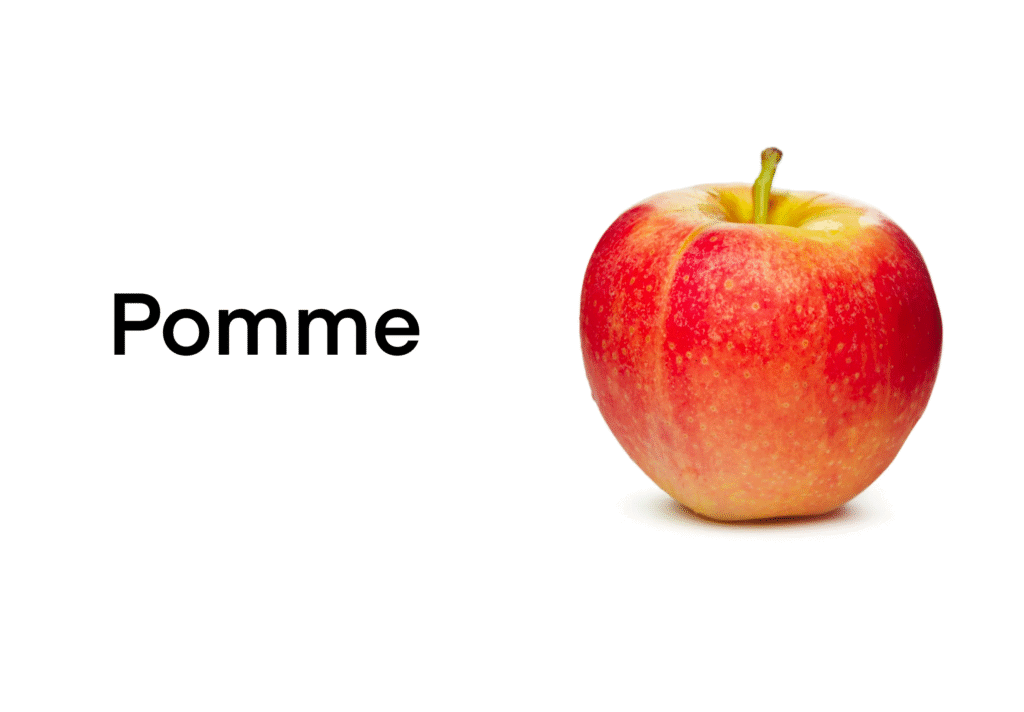How to learn a language on your own (Part 1)
Welcome to Part 1 of a short and sweet 2 Part series where I discuss how to learn foreign languages. These are based on my own experiences with language learning and the advice from books, articles and videos that helped me.
This is intended for people like me whose goal is to learn languages to fluency. Meaning, to the point where producing the language is second nature to us and we can comfortably understand others.
If you just want to pocket a few phrases to get by in another country, or want to pass your Spanish classes at school (which are both fine motivations of course), the coming posts may not apply to you. But I’ll try to make it an interesting read nonetheless!
How do we learn languages?
Before we talk about anything else, we first have to understand how we actually acquire languages.
Kids (0-12) learn languages through input. Adults learn in pretty much the same way, with a few different hurdles because we’re more conscious during the process.
Input is the act of listening, reading, and otherwise absorbing a language. It’s the method I’m using to learn French, and one that so many non-native English speakers inadvertently used to learn English.
Reading grammatical explanations isn’t input. It’s study, a memorisation game — and while it can definitely help illuminate and strengthen our understanding of certain things, it alone isn’t the cause of fluency (complete comfort in a given language.)
Language is naturally, not forcefully, acquired through continuous exposure to it. Which means listening… listening a LOT.
80% Listening
Our minds have an amazing knack for pattern recognition. Let’s say you listened to one episode of a podcast 100 times in a given language. After as early as the 10th listen, you would begin to pick up on the most frequent words, the intonations of the speakers, and the sentence structure. Eventually, you would learn the entire transcript like lyrics to a song, even if you didn’t speak a word of the language beforehand.
Of course, we won’t learn a language JUST by listening blindly… on top of listening, we have to connect the words with meanings by either translating them into our native language, or, even better, giving them visual associations.
This is a French word next to an image. After looking at this, what do you think the French word for “apple” is?

Now, imagine this was a video and every time a native speaker said “pomme”, this image popped up. You would learn the meaning, the spelling, and the pronunciation of the word “apple” in French, and you would have never even needed to translate it into your native language.
The final step is learning to speak.
20% Speaking
Luckily, speaking the language will come to you a lot faster if you’ve already spent hours listening to it. All it takes now is practice!
It’s probably not a rare occurrence for you to see a 🍎. So every time you see a 🍎, say “pomme” out loud.
Soon enough, that word will automatically pop into your mind whenever there’s an appropriate time to use it. Just like words and phrases pop into your mind in your native language!
Note: This isn’t the full picture and challenges vary from language to language (and person to person). But I hope this gives you an idea of how language acquisition happens/starts to happen.
In part 2…
…I will give some more practical advice on how to learn a language based on what I’ve talked about in this post.
How to learn a language on your own (Part 1) Read More »
